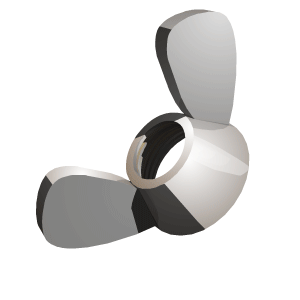How did General Tso’s chicken come to be? It seemed america must have had a hand in it. Chinese food in China is a diverse lot, but once it came to the United States it developed a few central characteristics.
First of all: Chinese restaurants in America tend to shy away from anything that is recognizably animal. Mainstream Americans don’t like to be reminded that the food on their plate once lived, breathed, swam, or walked. That means that nothing with eyeballs. No appendages or extremities (no tongues, no feet, no claws, no ears). Secondly, opacity. That means nothing transparent or even semitransparent (this eliminates certain kinds of fungus and all jellyfish). There is also a limit to the textures Americans will allow in their mouths: nothing rubbery or oddly gelatinous (no tripe and, again, no jellyfish or sea cucumber). There is also an acceptable color palate. Nothing organic should be too black (no black seaweed or black mushrooms). Nothing made with flour should be too white (steamed white buns have the undone look of the Pillsbury Doughboy; toasty brown is better).
But perhaps most important in American eating is the idea that what goes into the mouth should never come out. That is, there should be nothing where you have to chew on something and then spit out the inedible part. This means no chicken feet, no fish with bones, no shrimp with shells. Peanuts come shelled, and even watermelon is preferred seedless.
In China, however, the aftermath of most restaurant meals is a pile of bones, shells, and other detritus on the table at every place setting: the casualties of a personal battle between the diner and the items on the plate.
The Fortune Cookie Chronicles, Pg 75-76
Leave a Reply
You must be logged in to post a comment.